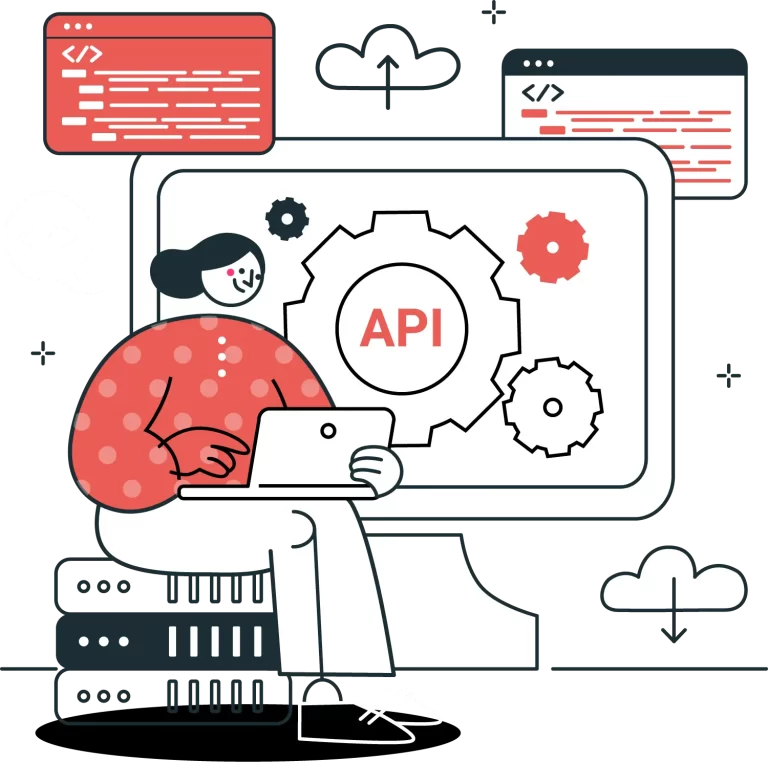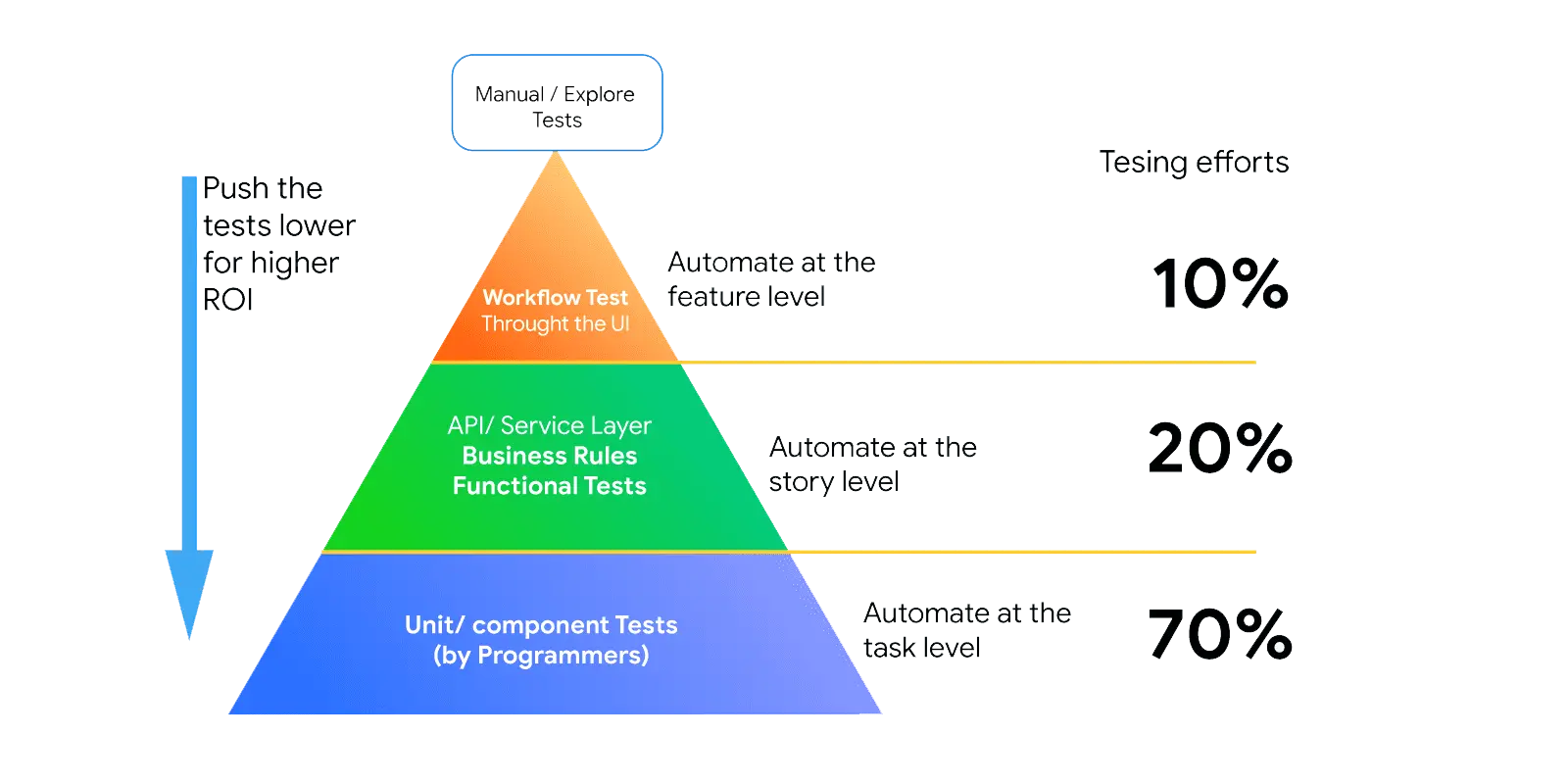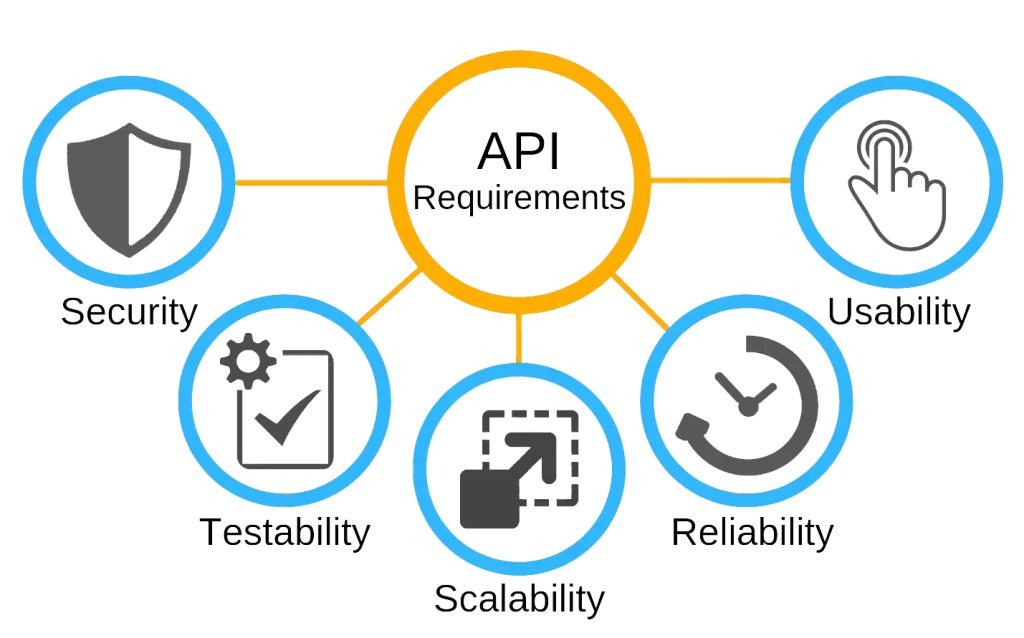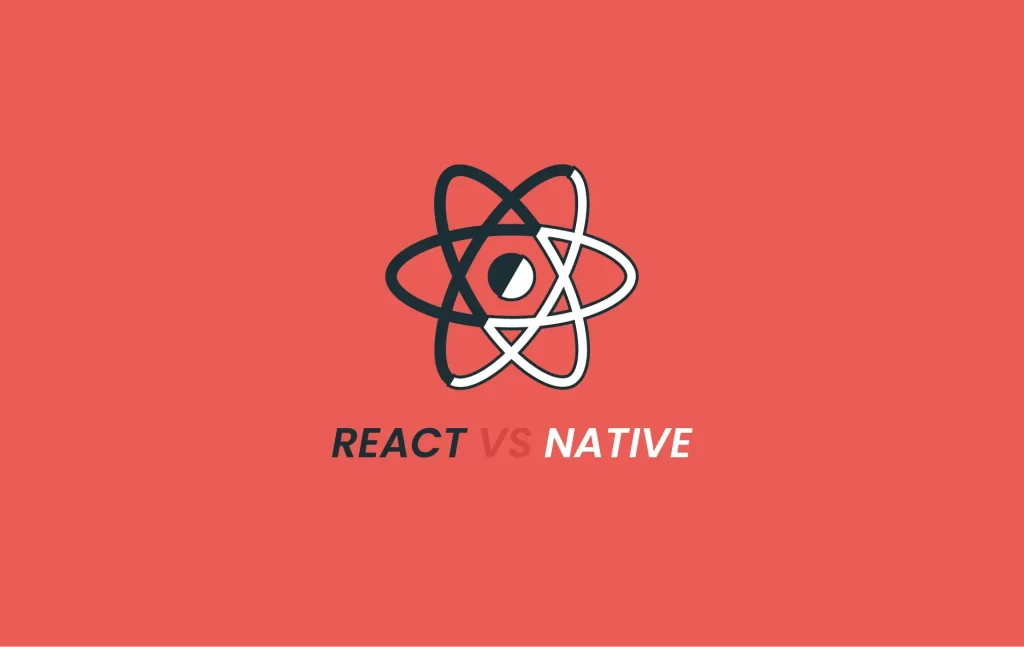A Complete Guide to API Development


What is API?
API short for Application Programming Interface, is a collection of protocols, rules, and definitions that allows different software applications and components to communicate with each other and function seamlessly in an integrated manner.
API acts as an intermediary between software applications to exchange their data safely, integrate their features, and improve overall functionality.
Example of API:
Utilizing Mapping and Geolocation Services:
Apps like UBER and InDrive show users a map of the area when someone orders through their app, this map is leveraged from Google Maps through their API which allows Uber to provide you with an interactive and functional map giving you access to a multitude of functions including, different types of views, Zooming In and Out, Your Driver’s Location, etc.

How do the APIs Work?
API works through the facilitation of communication between the client and the source which can be software or a company. For better understanding, let’s take an example of the process:
Request:
Have you seen “Sign up with Google buttons on different social media sites login pages, when you click on these buttons, these social media sites send a request to Google API requesting for verification of your credentials in Google’s database.
Processing:
The API after receiving the request, processes it, based on a different set of rules and protocols by interacting and accessing requested databases, in this case, Google’s database.
Response:
After processing the request, the API generates a response containing data based on the client’s request. Such as whether your Google account credentials exist or not in Google’s database.
Data Exchange:
The API sends the Generated response back to the Client. In this case, whether your Google Account is correct and valid or not.
If there is no suitable data available based on the client’s request, an Error message is transferred to the client.
Types of APIs
Different kinds of APIs are based on the architecture such as,
- REST APIs
- SOAP APIs
- WEB APIS
- GraphQL APIs
Other classifications divide them based on their usage, such as
- Open / External or Public APIs
- Internal / Private APIs
- Partner API
- Composite API

7 Steps of API Development
API development is a detailed process that requires an understanding of the API’s intended purpose, audience, work, and maintenance. Following are the steps that are a must for effective API development;
Understanding & Planning:
Before the development of the API, a developer must know the targeted purpose of the API its intended use, and the types of clients the API will deal with.
This will help in planning the API’s architecture, its functional requirements, and the maintenance and security features of the API.
Designing and Development:
In this step, developers build the API of the required needs, and a suitable blueprint can be used to build a basic functional API that can be customized to the required specifications.
In this step, a suitable programming language is decided, endpoints are specified, and methods of Authorization are employed as well.
Analyzation and Testing:
After the development, the developed API is tested to determine its functionality and scalability. For this purpose, the API’s performance is tested similarly to any software testing to ensure it will provide adequate user satisfaction when used. Endpoint testing, Load testing, and testing for bugs and defects are done for this purpose.
Security and Monitoring:
Security measures must be employed to make sure your API’s security is not compromised. This involves constant monitoring for malicious programs, common threats to APIs, and unauthorized API use.
Writing Documentation:
You are required to write detailed documentation for users of your API which provides them with the information they need to know before using the services of your API.

Deployment:
After the development process is completed and documentation is done, the API can be put into the market where intended clients can use its services.
Maintainance:
Constant monitoring is required to ensure optimum API working and achieving intended performance goals that lead to customer satisfaction.
Read more blogs
How Much Does It Cost to…
How Much Does It Cost to Hire App Developers? So, you’re ready to launch your…
React vs React Native: Understanding the…
React vs React Native: Understanding the Key Differences If you’re new to development or lack…
Node.js 22 Latest Version Whats New
Node.js 22 Latest Version: What’s New? Explore the transformation impact of Node.js version 22, the…



